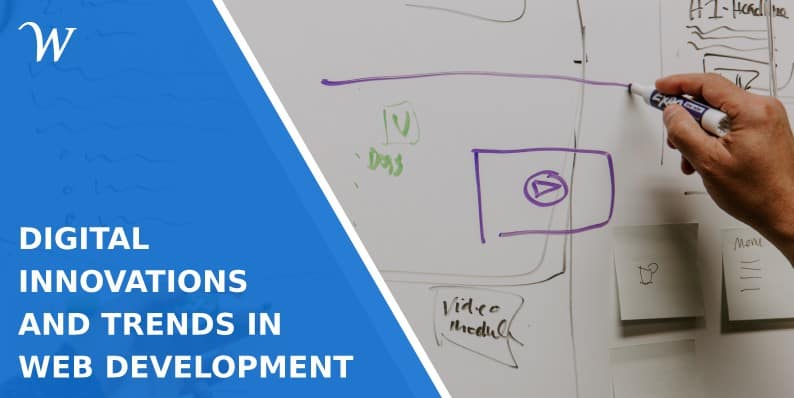Web development is an ever-evolving industry, much like a river, always moving and changing. Today marks one of the most exciting times in web development history, as innovations come pouring through to alter the game. Much like finding the best online pokies, where each click brings new possibilities and innovations. The Internet industry is buzzing with innovative new technologies and methodologies that promise to transform how web pages can be presented and browsed. Each day brings us a step closer to a more interactive and immersive digital landscape.
User Experience Leads the Way
At the core of modern web development lies user experience. No longer will an effective website simply “work,” it must also be intuitive, responsive and engaging users who expect seamless interaction. Developers ensure a seamless web experience from the moment of a click to when browsing through various websites. Consider the convenience of auto-fill forms on e-commerce sites, responsive chatbots for instant customer service or personalized content recommendations on platforms like Hulu or Amazon. An outstanding user experience consists of the anticipation and fulfillment of user needs and responsive design websites which instantly adapt content layout on devices of all sizes. By doing this, it ensures readability on them all. At the core, the main aim is to craft an online journey tailored specifically for the users.
Agile Methodologies: The Backbone of Modern Web Development
Gone are the days of rigid project management structures, today agility reigns supreme. Agile methodologies enable developers to respond swiftly to changes, producing work in short and consumable parts for delivery to users quickly. With this method, every feature can be thoroughly refined before moving forward with development. Flexibility and responsiveness enable websites to adapt quickly to market trends. For example, an online store may add a new payment method in one development step and enhance its search capabilities in the next, ensuring it stays competitive and user-friendly. Thus, continuously improving user experience. Social media platforms like Snapchat and Instagram introduce new filters or interaction features in phases, always keeping the user engaged. Agility allows for this modular update process, reacting to user feedback and integrating it into the development cycle for a more refined final product.
Mobile-First Design: A Pocket-Sized Revolution
As smartphones become more widespread, websites have to fit into smaller screens. Mobile-first design has quickly become an essential factor for success in today’s digital marketplace. This approach ensures your mobile experience is as complete as on a desktop. Progressive Web Apps (PWAs) exemplify this, allowing users to engage with sites as they would with an app, with offline capabilities and lightning fast loading. Similarly, Single Page Applications (SPAs) streamline the experience, loading content dynamically without refreshing the page, akin to how social media feeds work. Users on the move expect to retrieve information swiftly and effortlessly, mirroring the performance they’re accustomed to from apps on their devices. These innovations ensure an app-like experience, whether one is checking the news or browsing shopping sites.
- The Hidden Dangers of Unprotected Business Browsing - May 18, 2025
- The Role of Parental Controls To Restrict Social Media ASAP - May 13, 2025
- Choosing the Right Email Hosting Solution for Your Business Needs - April 24, 2025
